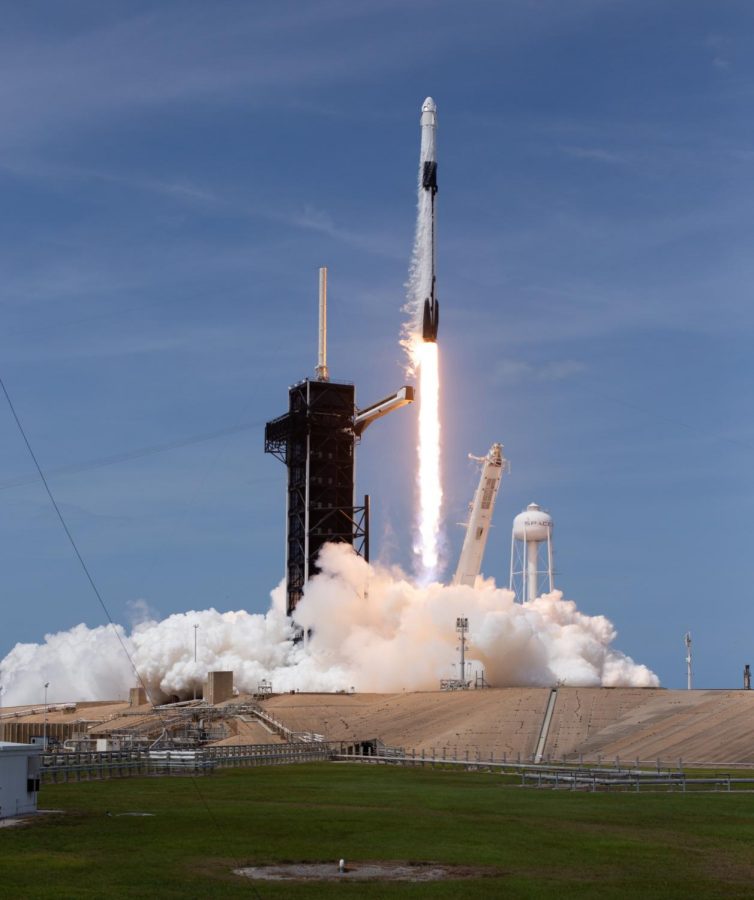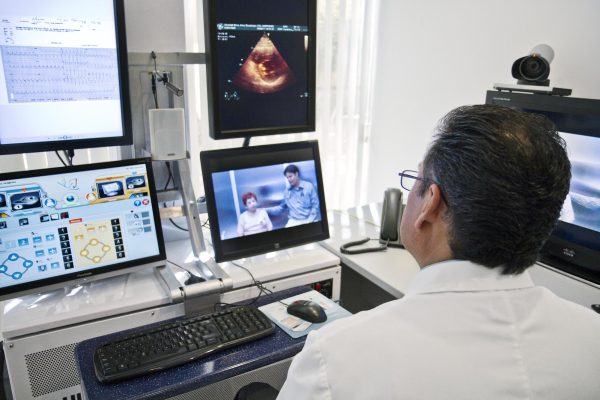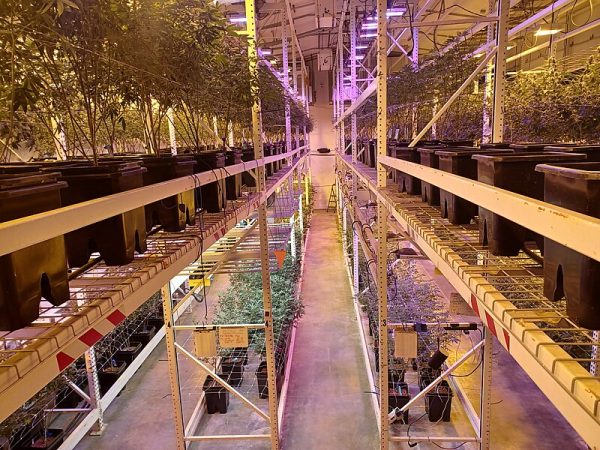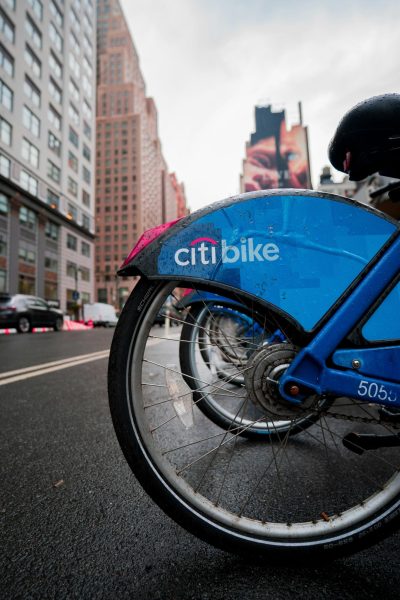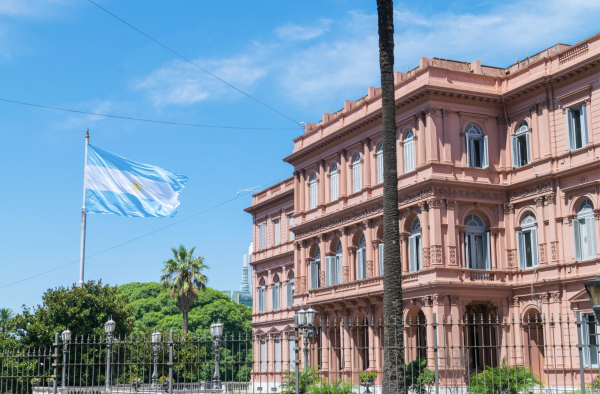America Launches Into a New Era
In a new commercial partnership, the United States launches two astronauts aboard a SpaceX rocket.
Photo provided by NASA/Joel Kowsky
For the first time in nine years, American astronauts have returned to space on an American-built Rocket.
On Saturday, May 30, 2020, NASA astronauts Robert L. Behnken and Douglas G. Hurley lifted off from Kennedy Space Center aboard a SpaceX rocket. Behind them were nine Merlin rocket engines, roaring to life as they thrusted the men into orbit. The flight was the first launch from an American-based rocket since the retirement of the space shuttle program.
Marking its first launch on April 12, 1981, the shuttle program developed the United States’ (and humanity’s) first reusable spacecraft. The shuttles Columbia, Challenger, Discovery, Atlantis, and Endeavor flew over 100 missions, repeatedly conducting scientific experiments, maintaining satellites, and ferrying American astronauts to and from the International Space Station. For 30 years, the shuttle program represented American superiority and pride in space. Yet, on July 21, 2011, the space shuttle Atlantis made its final landing at NASA’s Kennedy Space Center, signifying the end of the space shuttle era. Since then, American astronauts have had to buy seats on the Russian Soyuz spacecraft in order to get into orbit.
However, plans to replace the shuttle program and reignite lunar exploration were well in the works during the mid-2000s. By the time the shuttle program ended, NASA had announced a new commercial program, allowing private companies to send cargo to the International Space Station (ISS). Later developing into the Commercial Crew Program, Boeing and SpaceX were chosen to develop new spacecraft that would transport crew to the ISS. Under the program, expeditions would run on a rotation between Boeing’s CST-100 Starliner capsule and SpaceX’s Crew Dragon capsule. The goal was to alleviate spending in NASA’s budget and divert funding towards deep space projects such as manned moon and Mars missions.
SpaceX’s latest launch, titled SpaceX Demo-2, was the first manned flight of the Dragon capsule. Donning stylish new spacesuits, astronauts Robert L. Behnken and Douglas G. Hurley blasted off from NASA’s launch complex 39A on May 30, 2020 at 3:22 EDT. With the course set for the ISS, the mission was originally scheduled for May 27, 2020, but scrubbed at T – 16:53 minutes due to unsafe weather.
As the Crew Dragon soared towards the ISS, each rocket stage separated as planned, with the Falcon 9 booster landing itself safely on the recovery drone ship OCISLY (Of Course I Still Love You). Back in 2015, SpaceX made history when it successfully tested its Falcon 9 reusable booster. Usually, the first stage of a rocket (booster) is single-use, and after depleting all of its fuel, burns up in the Earth’s atmosphere or falls into the ocean. During SpaceX’s 2015 test, their Falcon 9 booster (after successful separation) guided itself back to Cape Canaveral, landing vertically on a recovery pad. Now routinely launching cargo with the Falcon 9, SpaceX has been able to save millions of dollars in launch costs.
Following a successful launch, the Crew Dragon remained in orbit for about a day before docking at the ISS. On May 31, 2020 at 1:22 PM EDT, the hatches separating the Crew Dragon from the ISS were opened, and astronauts Behnken and Hurley joyfully greeted the crew aboard.
Yet, the Crew Dragon has only completed a part of its mission. It still must return Mr. Behnken and Mr. Hurley back to the Earth. Currently, both astronauts are enjoying an open-ended stay on the ISS, and may remain onboard for the next few weeks. If no major problems arise, NASA will fully certify the Crew Dragon for future flights, paving the way for subsequent launches. Although SpaceX hasn’t fully completed its mission, the Crew Dragon launch has definitely been a success for the U.S Space Program.
SpaceX’s latest launch, titled SpaceX Demo-2, was the first manned flight of the Dragon capsule.
Alex Tembelis is a News Editor for ‘The Science Survey.' He believes that journalistic writing has a responsibility to inform the public about world...

